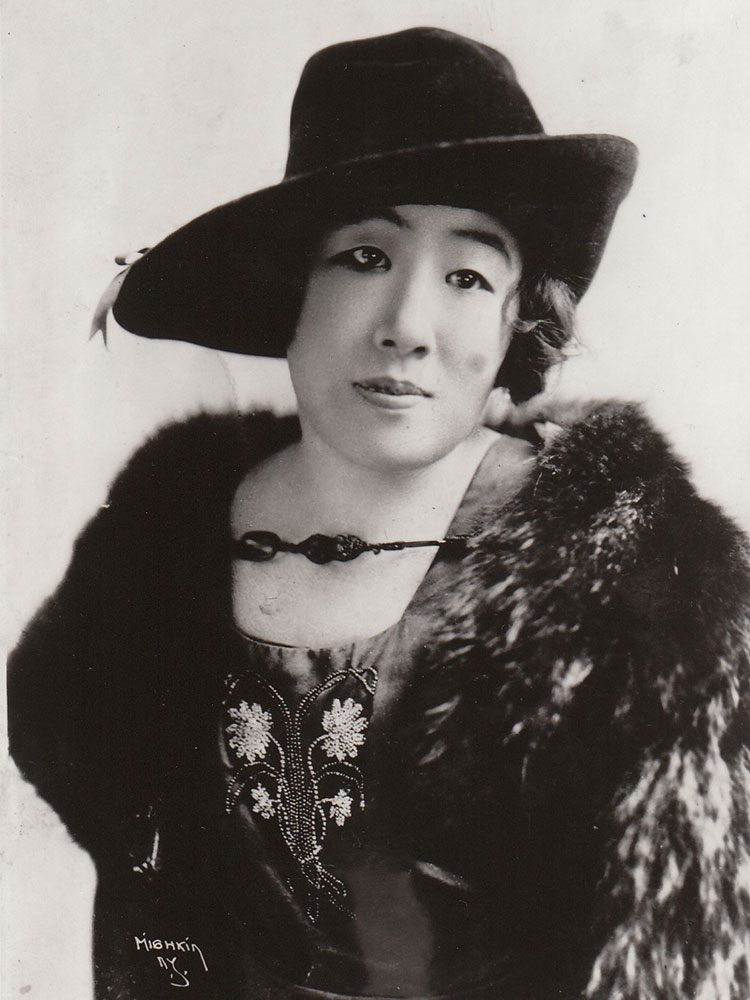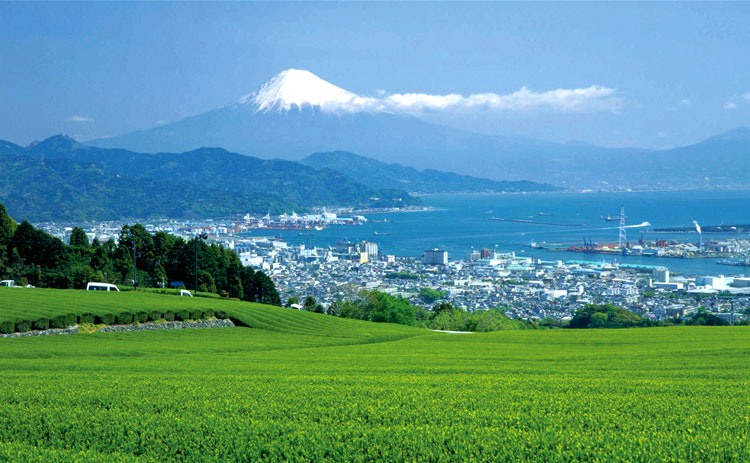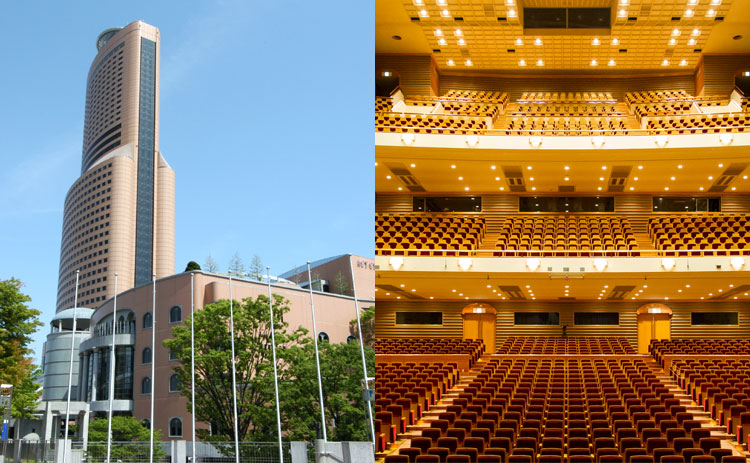
About Competition
- Top
- About Competition
Purpose
Feature
The reason we give our competition the name "Opera Competition" is that we have the challenging assignment at the 2nd round, where contestants cannot go to the finals without the ability to perform a role of operas from the beginning to the end.
History
The 1st International Opera Competition in SHIZUOKA was inaugurated in 1996, and the following competitions took place triennially. In 2003,owing to the success of the previous competitions, the competition became the first in Asia to be accepted as a member of the World Federation of International Music Competitions(WFIMC)in the category of Opera. In this occasion, the competition was renamed “the Shizuoka International Opera Competition”.
In 2016, the English name of the competition changed to “the Mt. Fuji International Opera Competition of Shizuoka” to emphasize that the competition takes place near the mountain which was inscribed on the World Heritage List in 2013.
The latest, 8th competition took place in 2017. Now, prizewinners of the past competitions have gone on to successful careers all around the world. The 9th competition was originally scheduled in 2020, however, it was postponed to 2023 due to the global pandemic of COVID-19.
World Federation of International Music Competitions (WFIMC)
WFIMC was founded in 1957 to coordinate with activities of member competitions and support prizewinners. It is based in Geneva, Switzerland. WFIMC has a high level of membership standards and many of the most prestigious international competitions are members. The Mt. Fuji International Opera Competition of Shizuoka has been a member of the WFIMC since 2003.
World Federation of International Music Competitions (WFIMC)
MIURA Tamaki

MIURA Tamaki
MIURA Tamaki was born in Kyobashi, Tokyo, in 1884 (17th year of Meiji Era). Her father, Kumataro Shibata was from Shimoasahina-mura,Kito-gun, Shizuoka prefecture (the current Omaezaki-city) and her mother, Towa, from the Nagata clan in Kozawa-mura,Kito-gun (the current Kikugawa-city). From an early age, she showed an exceptional talent in traditional arts, such as koto (traditional string instrument), nagauta (traditional form of singing accompanied by shamisen), and traditional Japanese dancing. She was also admired for her beautiful singing voice. At the age of 16, she entered Tokyo Music School, the current Tokyo University of the Arts. Selected as heroine of Orfeo ed Euridice, Japan’s first opera performance, she made her opera debut aged 19 years. After that performance she became an active and popular prima donna, exclusively engaged by the Imperial Garden Theater.
In 1913 (2nd year of Taisho Era), Tamaki married Masataro Miura, her distant relative and an assistant (Doctor of Medical Science) at the Tokyo Imperial University School of Medicine. For a while they lived in Kakegawa, Miura’s hometown. In 1914 (3rd year of Taisho Era), she moved to Germany to study with her husband. Due to the outbreak of World War I, however, the couple escaped from Germany to London. In 1915 (4th year of Taisho Era), Tamaki played the leading role in Madama Butterfly at the London Opera House, receiving an outstanding review. She was greatly admired by Puccini, the composer of Madama Butterfly, who said, “It was as if I had composed Madama Butterfly solely for Tamaki Miura.” She successfully went on to perform as prima donna in Madama Butterfly in the United States and Italy.
In 1922 (11th year of Taisho Era), Tamaki first returned to Japan. While staying in Japan, she held 66 Miura Tamaki Solo Recitals in Hamamatsu and other cities. In the Tokyo metropolitan area alone, 80,000 copies of her record were sold, which broke all previous record sales.
Resuming her performance career overseas, in 1928 (3rd year of Showa Era) at the age of 45, she held a Miura Tamaki Solo Recital at Carnegie Hall.After her 2,000th performance of Madama Butterfly in Palermo, Italy, Tamaki returned to Japan, and actively continued her performances in operas and recitals all over the country, including the first staging of Madama Butterfly in Japan, at Kabuki-za theater.However, as social conditions worsened with the onset of war, Tamaki was evacuated to the area of Lake Yamanakako, where her mother, Towa, passed away. After the war was over, she resumed her performances. However, her health deteriorated, and on May 26, 1946 (21st year of Showa Era) she died at the then Tokyo Imperial University Hospital. She was 62 years old.
Reference: MIURA Tamaki - Historical Study by TANABE Hisayuki

About Shizuoka
It features a relatively mild climate throughout the year, four distinct seasons (spring, summer, autumn, winter), dry and sunny winter, and no snow on the plains.
Located at the heart of Japan, an area that flourished by accepting civilizations in eastern and western Japan, the prefecture holds rich and diverse cultural resources as a region where the cultures of eastern and western Japan intersect. At the base of Mt. Fuji as a symbol of Japanese culture and a world heritage, rich and unique cultures have been created.
Shizuoka is also known for their diverse agricultural and marine products such as green tea, oranges, strawberries, melons, bonito, and tuna due to their warm climate and location facing mountains and ocean. Manufacturing is also prevalent in the prefecture as one of the nation’s leading industrial areas due to the development of railroads, highways, etc. along the Tokaido highway connecting three major metropolitan areas.

Known as the “city of musical instruments,” Hamamatsu City (where Act City Hamamatsu, the venue where the opera competition will be held, is located) is home to world-renowned musical instrument manufacturers including Yamaha, Kawai, and Roland. The Hamamatsu International Piano Competition is also held there.

